Lorette C. Luzajic returns with a back to school edition of her series Wine and Art.
I was at a gallery exhibition recently and got to talking with a painter about his work.
There was a misty silence and an obsession with light that naturally pointed to the spirit of Monet, but when I said so, the painter responded, “Monet… I don’t know the name.”
I nearly dropped my Dixie cup of Pinot Grigio.
Perhaps it’s a romantic notion on my part that artists should be engaged with ideas. It only makes sense to me that those of us who profess to a creative calling would study at least a smattering of our master predecessors. I don’t see any excuses, really – “hitting the books” is fun for artists. It involves trips to galleries and museums, and cafes and jazz speakeasies to debate with our peers the meaning of life and art. In the good old days,it meant frequenting brothels where bourbon and absinthe poured from fountains and we could chatter until dawn about philosophy, technique, and which of our colleagues were afflicted with tuberculosis or the pox.
One doesn’t need to be an artist to find that reading about art, and the conversations that ensue, are among life’s greatest pleasures. Anyone seeking even the most rudimentary enrichment in life seeks out art appreciation. And both the pleasures of pages turned in solitude, and dynamic discussions with friends, go best with the rest of life’s finest: the accompaniment of good wine with art’s contemplation.
Here is an extremely abbreviated recommended reading list for all lovers of visual art, paired with wonderful wines best suited to their temperament.
Nothing if Not Critical: Selected Essays on Art and Artists, by Robert Hughes (Penguin Books, 1990)
 Of course one of my list toppers is Robert Hughes, who would no doubt loathe my own work and ruthlessly strip it to ashes. Hughes is the Christopher Hitchens of art criticism: clever, caustic, cosmopolitan, dry, astute, witty, and razor sharp.
Of course one of my list toppers is Robert Hughes, who would no doubt loathe my own work and ruthlessly strip it to ashes. Hughes is the Christopher Hitchens of art criticism: clever, caustic, cosmopolitan, dry, astute, witty, and razor sharp.
I wish the Hitch had actually written more on art – the famous atheist’s musings on literature are tremendous. But thank God for Robert Hughes. He pairs best with a wine that is as acerbic, weighty, and intelligent as he is. Forget anything “medium bodied and fruity.” A touch of metrosexual, if refined, is fine. May I suggest a Cabernet Franc-Merlot blend with cigar qualities? Segal’s Merlot/Cabernet Franc/Cabernet Sauvignon is sturdy and smart, a good place to start.
Hughes’ reputation is for the withering dismissal, but he was not in it for mere camp and cattiness. He demanded substance, not the fickle swish of fashion or cheap thrills. He demanded a great deal of artists beyond pomp and tragedy, because of the depth of his love and knowledge for his subject’s history.
Make sure you get your own copy, because you’ll need to underline your favourite passages.
After the heavyweight Hughes, lighten up with anything by Sister Wendy.
 I recommend the phenomenal nun to anyone who asks me what to read about art. She is perfect for peeking under the surface of the story. Sister Wendy Beckett was all the rage in the 1990s, when she emerged from a life of cloistered solitude and was ignited by a passion for art. She glided in her black robes through the great museums, and with her awkward countenance and toothy visage, beaming at us, brought the treasures of western civilization and beyond to the masses.
I recommend the phenomenal nun to anyone who asks me what to read about art. She is perfect for peeking under the surface of the story. Sister Wendy Beckett was all the rage in the 1990s, when she emerged from a life of cloistered solitude and was ignited by a passion for art. She glided in her black robes through the great museums, and with her awkward countenance and toothy visage, beaming at us, brought the treasures of western civilization and beyond to the masses.
Wendy’s teaching and writing style was extremely simple and even, at times, jejune, and most of her books are picture based, but this lets you do all the looking, with a little bit of coaxing and commentary. She offers a gentle but thorough immersion into a wide variety of styles and eras. The glossy pictorials include mainly sidebars with a bit of history and context, and a few sentences more of the nun’s brimming enthusiasm.
If you ever felt intimidated by all the isms out there in art, walk with Wendy. She is the most unpretentious guide in all the art world.
To pair with Wendy, I recommend Ontario’s own Rosewood Estate Chardonnay. The unoaked 2015 is a beautifully structured bottle that tastes sweet and simple but is neither, an apt analogy for the sister herself. But the Locked and Loaded White 2016 is a terrific choice, too, a truly unique wine with warmth and wonder.
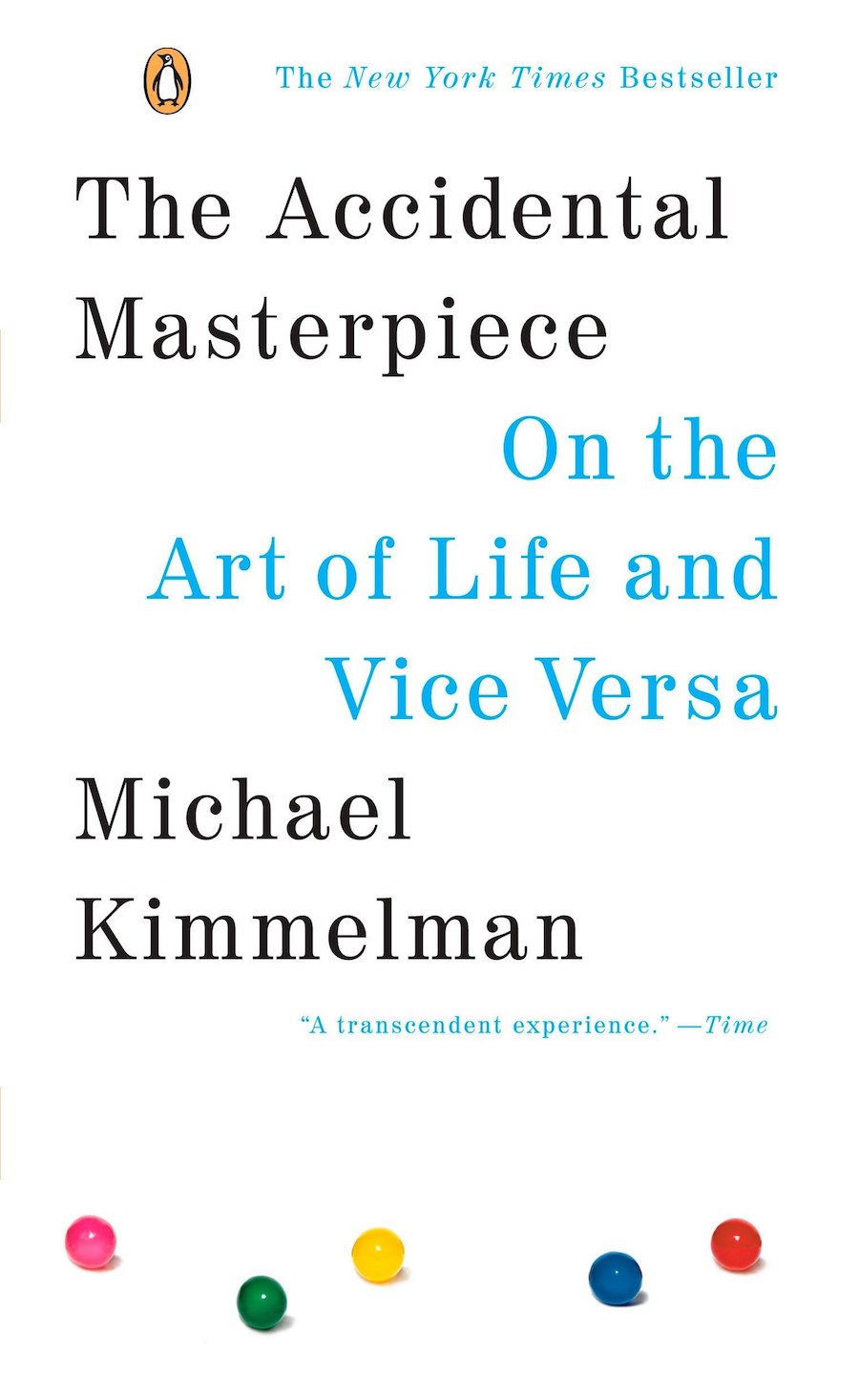 This slim volume of essays is a treasure. These are insightful literary reflections of art, object and biography. It is a sheer joy to read Kimmelman’s meandering prose, following it to the most unlikely places. I had almost zero interest in the artist Pierre Bonnard, for example, but came to find a soft spot for work I’d always found mawkish after learning of Picasso’s matching disdain. Henri Cartier-Bresson, a photographer for whom I have the utmost respect and admiration, scolds me here: “You know, Picasso didn’t like Bonnard and I can imagine why, because Picasso had no tenderness…”
This slim volume of essays is a treasure. These are insightful literary reflections of art, object and biography. It is a sheer joy to read Kimmelman’s meandering prose, following it to the most unlikely places. I had almost zero interest in the artist Pierre Bonnard, for example, but came to find a soft spot for work I’d always found mawkish after learning of Picasso’s matching disdain. Henri Cartier-Bresson, a photographer for whom I have the utmost respect and admiration, scolds me here: “You know, Picasso didn’t like Bonnard and I can imagine why, because Picasso had no tenderness…”
You’d better believe that if the famous photographer saw something, there was something to see, and so I looked again. Such is the nature of great writing – choosing the anecdotes that can bring a subject to new life.
No two essays are alike, but all of them are approached from unlikely angles and use unexpected props and examples. The essay on collecting is tremendous.
Pair with: Terres De Saint Louis Rose Varois En Provence AOC Rosé. Try a little tenderness with this powdery French pink that tastes like a Bonnard painting.
 Many years ago, when Paglia gave a talk at the ROM on Biblical Scenes in Hollywood film, I gathered all my courage and ran to the gift shop where she’d be signing her books, to be first in line. I already had all her books, but I bought Sexual Personae: Art and Decadence From Nefertiti to Emily Dickinson again so that she would sign it to my name. I also brought her my own book, a collection of random essays on art, literature, and culture. Weird Monologues for a Rainy Life, signed to Camille Paglia from Lorette.
Many years ago, when Paglia gave a talk at the ROM on Biblical Scenes in Hollywood film, I gathered all my courage and ran to the gift shop where she’d be signing her books, to be first in line. I already had all her books, but I bought Sexual Personae: Art and Decadence From Nefertiti to Emily Dickinson again so that she would sign it to my name. I also brought her my own book, a collection of random essays on art, literature, and culture. Weird Monologues for a Rainy Life, signed to Camille Paglia from Lorette.
I’m pretty sure she threw it out, if it made it out of from under the table and out of the gift shop at all. I’ve listened to Camille lecture on politics, religion, art, and Shakespeare, and in retrospect of age, I hope she did. Don’t even approach Paglia or her work if you will crawl under the table when she pulls out the big guns. Paglia is a huge thinker, and her ego, which is massive, is hardly half the size of her intellect. It’s easy for anyone to feel small, but no one should. Paglia actually stands up for the common man, and abhors the “elitist garbage” of her academic class.
Glittering Images examines unexpected masterpieces, because Paglia, born to blue collar Italian immigrants, has always had populist tastes despite her erudition and sophistication. She has never separated herself from the hardscrabble people she comes from, and never belittles the working sod that makes the world go round. Her tastes veer bipolar between exalted and salt of the earth, and she sees as much to discuss in tawdry pornography as she does in Bernini’s Vatican City gilt altarpieces.
A cheap bottle of chunky red Italian wine is a far better Paglia pairing than anything slicker. Pick up something cloudy and thick around the eight dollar mark, maybe Casal Thaulero Sangiovese Terre Di Chieti IGT and sink your teeth into these incredible stories. Don’t apologize for what you don’t know, if you have callouses on your hands and pour concrete or feed cattle… but do keep a dictionary on hand. You’ll need it.
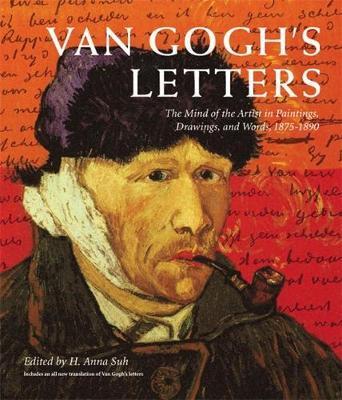 Any collection of Vincent Van Gogh’s letters is remarkable, but this one is lavishly illustrated with paintings and source documents.
Any collection of Vincent Van Gogh’s letters is remarkable, but this one is lavishly illustrated with paintings and source documents.
Van Gogh’s letters reveal a man quite at odds with the ongoing stereotype of the raving madman. He was shy, gentle, humble, industrious, sensitive, spiritual, and smart.
“Work and seriousness: this, not the vulgar image of the madman issuing orgasmic squirts of yellow and blue at the dictation of his lunacy is the real Van Gogh,” wrote our aforementioned friend Robert Hughes.
Van Gogh felt everything intensely, and his madness surely flowed from this. His depressions were natural responses to a world where orphans and widows suffered. Van Gogh was not a tough man. But he was deeply inquisitive and the central obsession and hunger in his life was colour. Colour is the dominant theme in all his letters, and he will make you forever more sensitive and receptive to their drama.
In the spirit of Van Gogh, choose a surprise wine to try, something that summons you through colour alone. I was possessed to try Flat Rock Pink Twisted Rosé 2017 because of its unusual, intense salmon shade, and was impressed by its crisp versatility, along with the unexpected notes of sour green apples. I spent another evening reading these love letters to colour along with a bottle of the pale purple Fontana Di Papa Red. I could work my way through the rainbow spending my nights with Van Gogh.
And there you have it. Five juicy books to start or grow your art shelf.
With a little well spent leisure time, you will never again be caught at a soiree, having to say “Monet, who?”
Lorette C. Luzajic
Check out 150 original square foot sized paintings by Lorette C. Luzajic at squarefootartbylorette.ca.

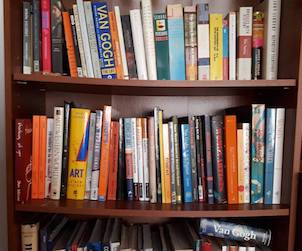



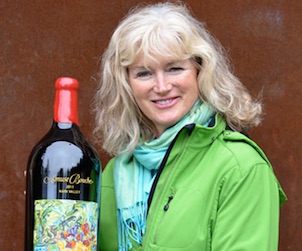
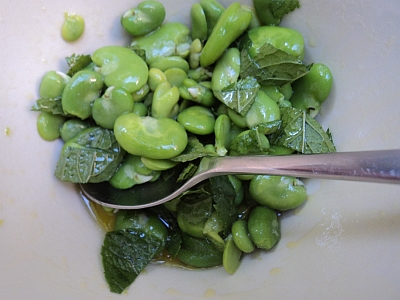
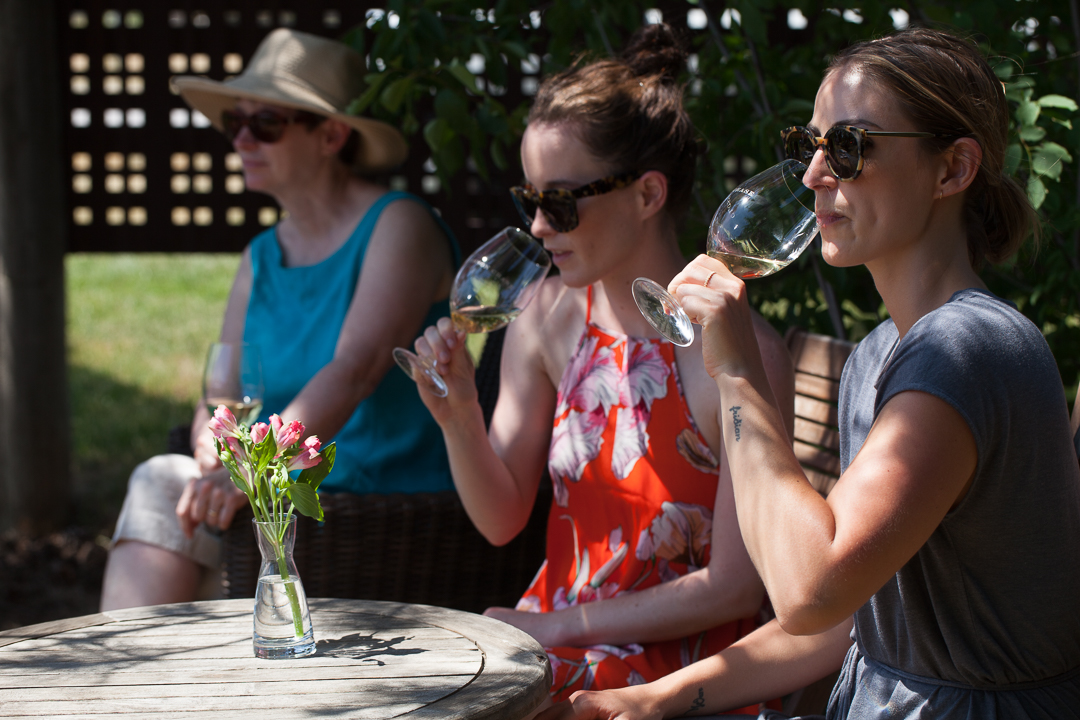
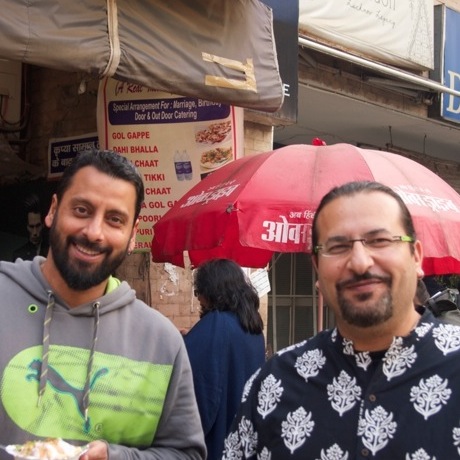

Hi Malcolm, a recommendation of Giorgio Vasari’s “Lives Of The Most Excellent Painters” otherwise known also as Lives Of The Artist detailing the Italian renaissance from Giotto would not have been out of place among this list.
i have heard of this book, probably from reading Hughes. I would not be surprised to find it in Lorette’s library. THanks, Charles!